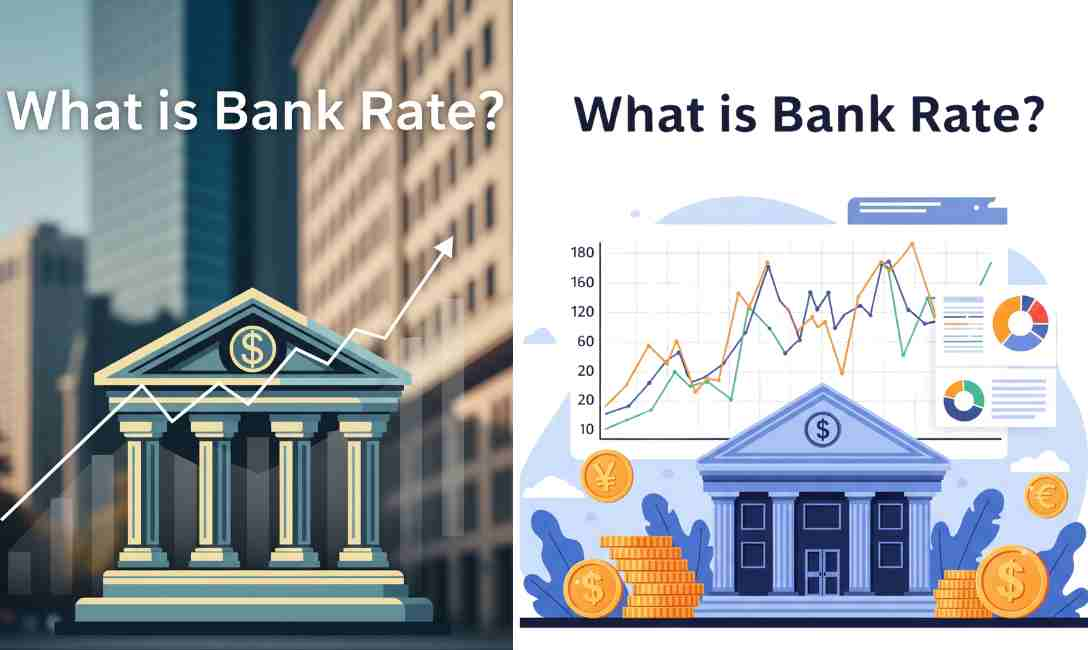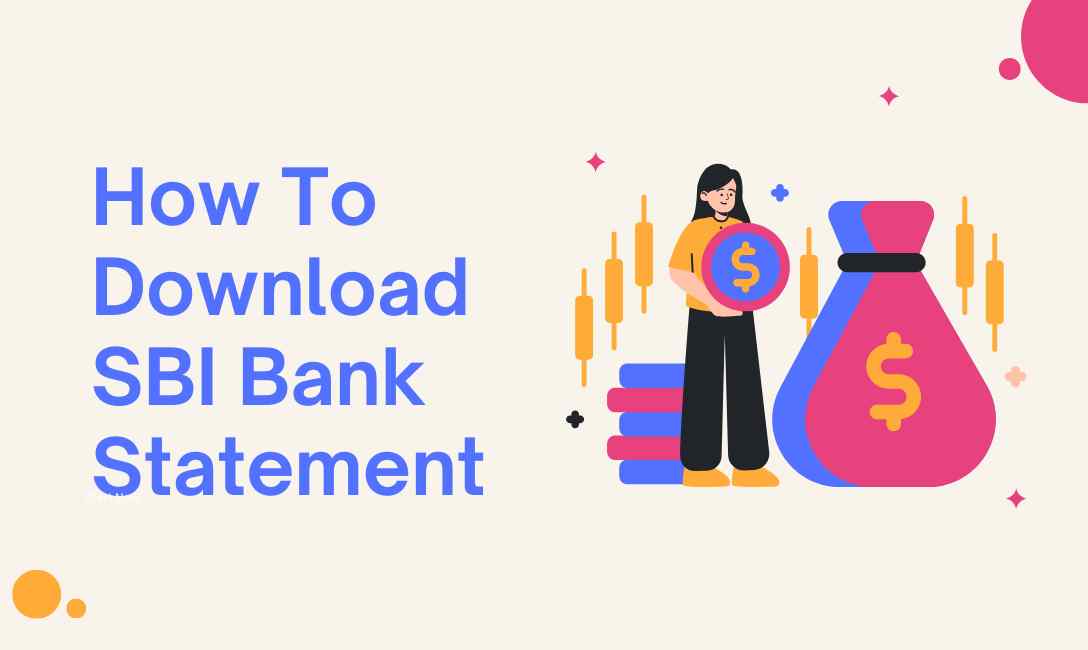When it comes to the financial system of a country, there are numerous components that play a crucial role in maintaining economic stability. One such key component is the bank rate. If you’ve ever wondered what is bank rate, you’re not alone. This term frequently appears in financial news, especially during announcements from central banks like the Reserve Bank of India (RBI) or the Federal Reserve in the U.S.
This comprehensive article aims to decode the meaning of bank rate, explore its significance, and analyze how it impacts the economy, banking system, and even our personal financial decisions.
What is Bank Rate?
Bank Rate is the rate at which a country’s central bank lends money to commercial banks without any security. It is essentially the interest rate charged by the central bank for long-term loans to other banks in the system.
In simpler terms, it is the cost of borrowing for banks. When commercial banks borrow funds from the central bank, they have to pay interest on those loans, and this interest is called the bank rate.
Definition by RBI:
“Bank Rate is the standard rate at which the Reserve Bank of India is prepared to buy or rediscount bills of exchange or other commercial papers.”
How Does Bank Rate Work?
Central banks use the bank rate as a monetary policy tool to control liquidity, inflation, and the overall economic health of the country. Here’s how it works:
- If the central bank increases the bank rate, borrowing becomes more expensive for commercial banks.
- These banks, in turn, increase the interest rates on loans and mortgages for consumers and businesses.
- As borrowing becomes costly, spending and investment decrease, which can help control inflation.
- Conversely, when the central bank lowers the bank rate, loans become cheaper, encouraging spending and investment.
Thus, the bank rate influences the availability and cost of money in the economy.
Bank Rate vs Repo Rate: Key Differences
Though often confused, bank rate and repo rate are different concepts.
| Feature | Bank Rate | Repo Rate |
| Definition | Interest rate charged by central bank on long-term loans to commercial banks | Rate at which central bank lends short-term money to banks against securities |
| Collateral Required | No | Yes (repurchase agreement or securities) |
| Duration | Long-term | Short-term |
| Impact | Influences long-term lending rates | Influences short-term liquidity |
| Usage | Used as a signal for overall monetary policy | Used for day-to-day liquidity management |
Why is the Bank Rate Important?
The bank rate is a crucial monetary tool that impacts several layers of the financial system. Here’s why it’s so important:
- Controls Inflation: By making loans costlier or cheaper, it helps control the money supply and inflation.
- Guides Lending Rates: Commercial banks adjust their lending rates based on the bank rate.
- Monetary Policy Signal: Changes in the bank rate indicate the central bank’s stance on economic growth or contraction.
- Influences Currency Strength: A high bank rate can attract foreign investments, strengthening the local currency.
How Bank Rate Affects the Economy
Bank rate changes ripple through the economy in multiple ways:
1. Consumer Behavior
- A higher bank rate makes loans (home loans, car loans, personal loans) more expensive.
- This discourages people from borrowing and spending.
2. Business Investments
- Companies may delay or cancel expansion plans if borrowing costs rise.
- This can reduce job creation and GDP growth.
3. Stock Market
- Higher interest rates may make fixed-income instruments more attractive than equities.
- As a result, stock markets may see lower investor activity.
Bank Rate and Inflation Control
Central banks use the bank rate as a tool to manage inflation:
- Rising inflation: The bank raises the rate to reduce borrowing and spending, cooling down the economy.
- Falling inflation or deflation: The bank cuts the rate to boost spending and investment.
This method is a part of the broader monetary policy framework adopted by central banks worldwide.
How Bank Rate Affects Borrowers and Savers
For Borrowers:
- Higher bank rate = higher loan interest rates.
- EMIs on home loans, car loans, and personal loans go up.
- Individuals and businesses may delay or avoid taking loans.
For Savers:
- Higher bank rate = higher deposit interest rates.
- Fixed deposits (FDs) and savings accounts may offer better returns.
- This can encourage saving over spending.
So, whether you’re saving for retirement or planning a big purchase, bank rate changes matter to your financial decisions.
How Bank Rate is Set in India
In India, the Reserve Bank of India (RBI) determines the bank rate during its bi-monthly monetary policy meetings.
The decision depends on various economic indicators such as:
- Inflation (Consumer Price Index – CPI)
- Gross Domestic Product (GDP) growth
- Employment levels
- Liquidity conditions
- Global economic trends
Currently (as of 2025), the RBI’s bank rate is closely aligned with its repo rate, though they serve different purposes.
Historical Trends in Bank Rate in India
Here is a look at how the bank rate has changed over the years:
| Year | Bank Rate (Approx.) |
| 2000 | 8.00% |
| 2008 (Global Crisis) | 6.00% |
| 2012 | 9.50% |
| 2020 (Pandemic) | 4.25% |
| 2023 | 6.75% |
| 2025 (Current)* | ~6.75% |
*Note: Subject to change. Always check the official RBI website for the latest figures.
These fluctuations reflect RBI’s efforts to balance economic growth with inflation control.
Conclusion
So, what is the bank rate? In summary, it is a powerful monetary policy tool that central banks like the RBI use to influence borrowing, inflation, and economic activity. Whether you’re an investor, a borrower, a policymaker, or simply someone managing household finances, understanding the bank rate gives you valuable insight into the direction of the economy.
As interest rates rise or fall, so too do opportunities and challenges in personal and business finance. Staying updated with changes in the bank rate can help you make smarter decisions, from taking a loan to investing your savings wisely.
Key Takeaways:
- Bank rate is the rate at which the central bank lends money to commercial banks without collateral.
- It is used to control inflation, manage economic liquidity, and signal monetary policy.
- A higher bank rate discourages borrowing, while a lower rate encourages it.
- Understanding the bank rate can help you make better financial decisions.
Frequently Asked Questions (FAQs)
Q1. Who decides the bank rate in India?
The Reserve Bank of India (RBI) decides the bank rate during its monetary policy meetings.
Q2. Does bank rate affect home loan interest rates?
Yes, an increase in the bank rate generally results in higher home loan interest rates.
Q3. Is the bank rate same as the repo rate?
No, while they are related, the bank rate is for long-term lending without collateral, and the repo rate is for short-term lending with collateral.
Q4. How does bank rate impact inflation?
A higher bank rate reduces money supply in the economy, which helps in controlling inflation.




